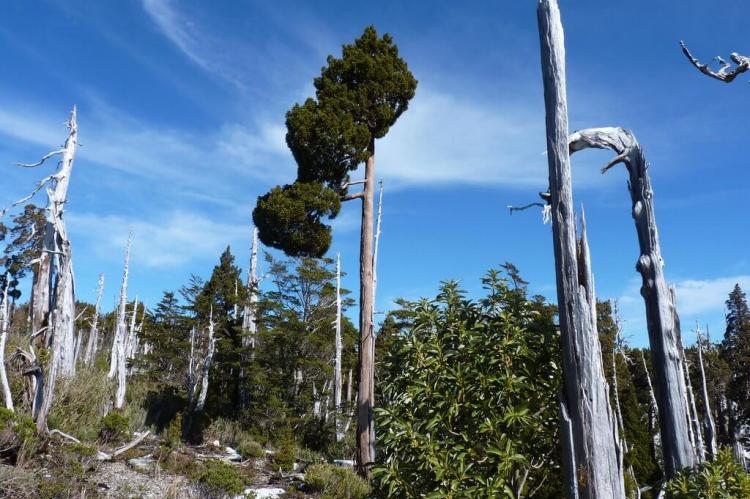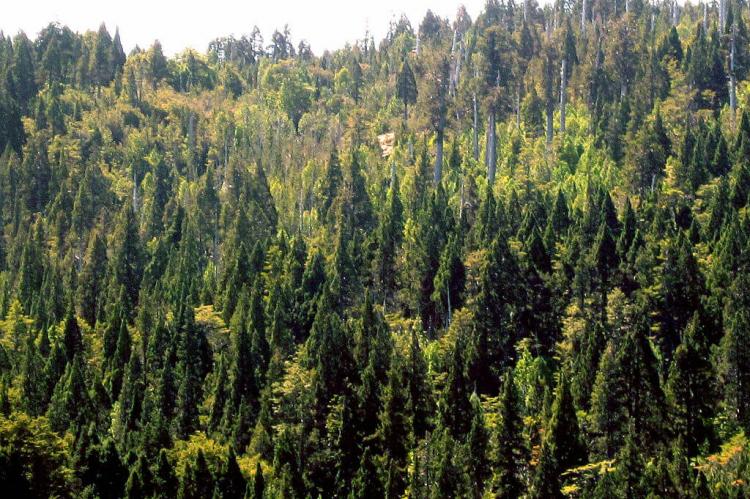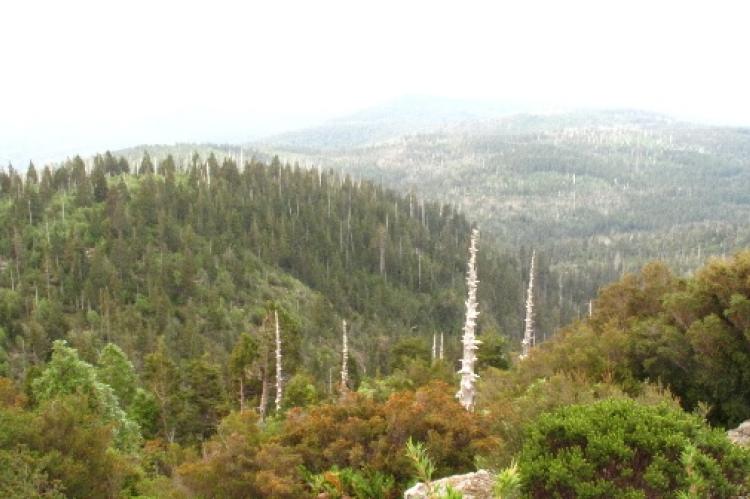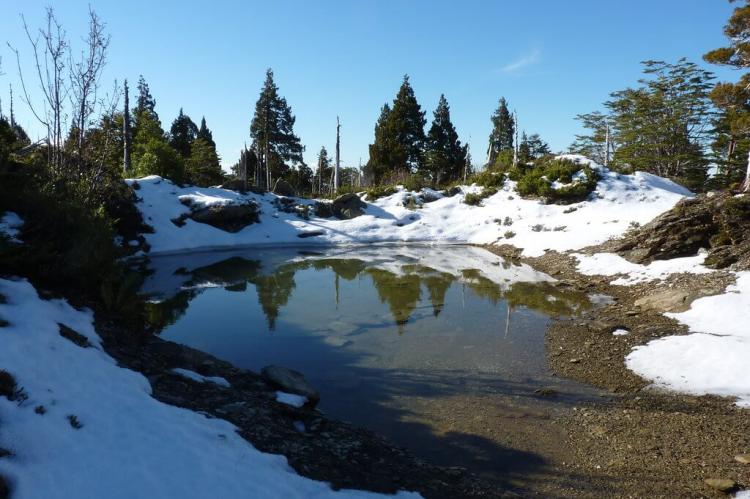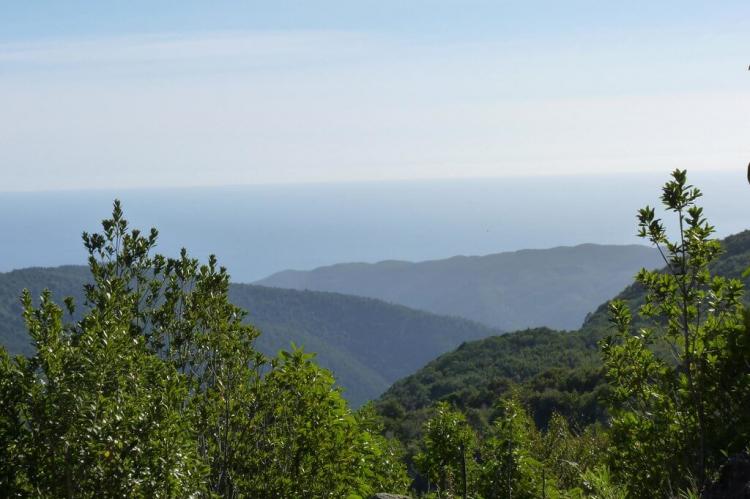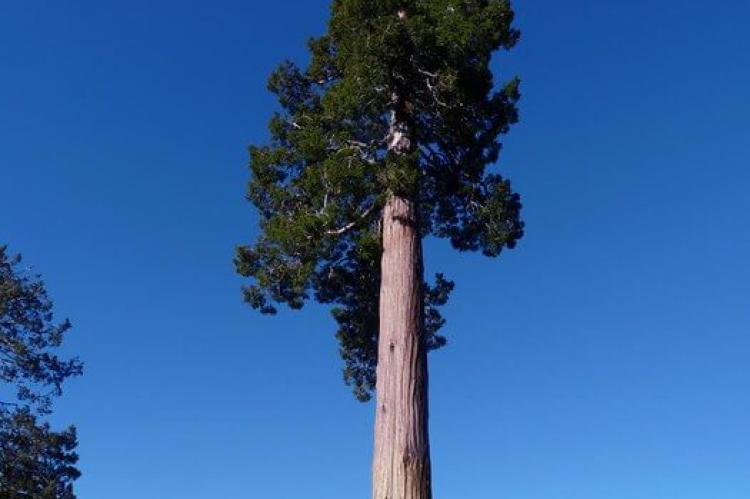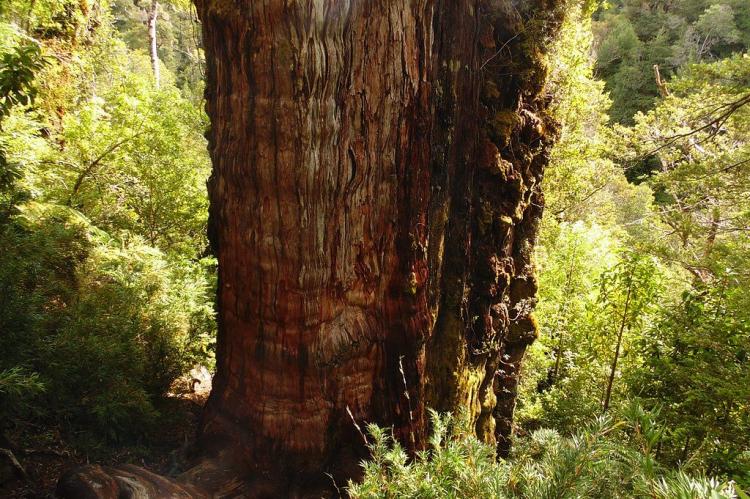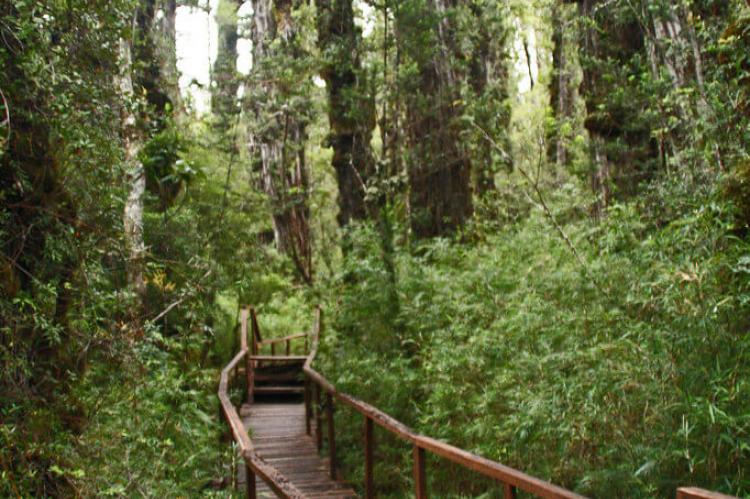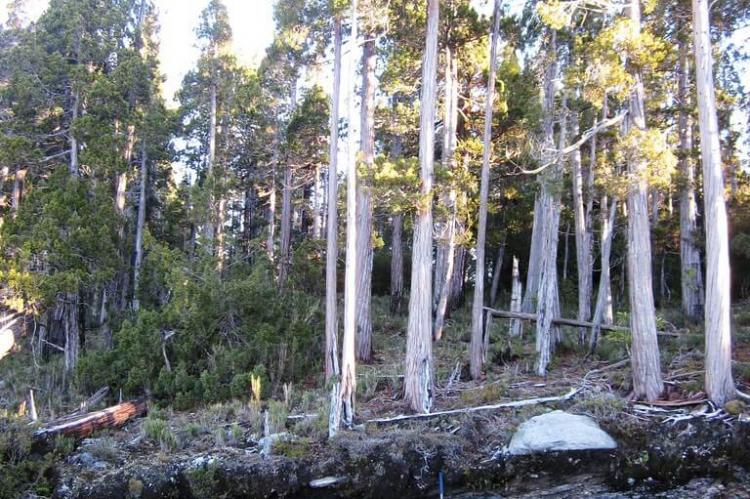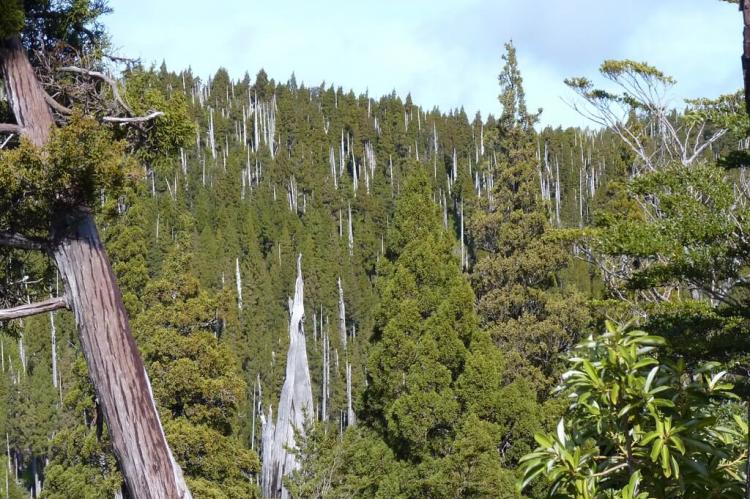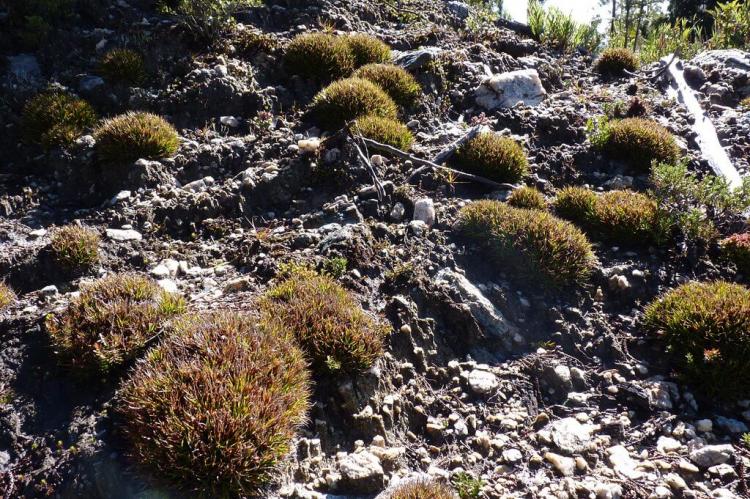Alerce Costero National Park: Guardian of the Coastal Giants
Alerce Costero National Park is a testament to Chile's commitment to conserving its natural heritage. Nestled within the picturesque landscapes of the Los Ríos Region in southern Chile, this protected area spans the country's largest protected zone for mainland temperate coastal forests.
Alerce Costero National Park: Guardian of the Coastal Giants
Established in 2010, Alerce Costero National Park is a testament to Chile's commitment to conserving its natural heritage. Nestled within the picturesque landscapes of the Los Ríos Region in southern Chile, this protected area spans nearly 25,000 hectares (62,000 acres), making it the country's largest protected zone for mainland temperate coastal forests. Located approximately 137 kilometers (85 miles) west of Valdivia, the park boasts an array of breathtaking scenery, diverse ecosystems, and unique flora and fauna.
The Magnificent Patagonian Cypress
At the heart of Alerce Costero National Park lies a treasure trove of biodiversity, including the endangered Patagonian cypress (Fitzroya cupressoides). This majestic tree species, revered for its resilience and longevity, faces constant threats from wildfires and human activities. Classified as Endangered (EN), strict measures are in place to safeguard these ancient giants, with timber exploitation strictly prohibited within the park's boundaries.
The Patagonian cypress, known for its towering stature and impressive girth, is the largest tree species in South America. With a lifespan exceeding 3,000 years, these arboreal wonders can reach heights of up to 70 meters (230 feet) and boast trunk diameters of up to 5 meters (16 feet).
The awe-inspiring Gran Abuelo ("great grandfather") Patagonian cypress, a revered symbol of resilience and endurance, stands as the oldest living tree in South America within the confines of Alerce Costero National Park. Towering over 60 meters (196 feet) tall with a diameter of 4 meters (13 feet) and a perimeter of 11 meters (36 feet), this ancient sentinel bears witness to the passage of time and the enduring beauty of Chile's coastal forests.
Diverse Flora and Fauna
Alerce Costero National Park is a haven for biodiversity, boasting a rich tapestry of flora and fauna. Among the many botanical treasures found within its borders are the iconic Alerce (Fitzroya), Canelo (Drimys winteri), Ciprés de las Guaitecas (Pilgerodendron), Tineo (Weinmannia trichosperma), and Coigüe de Chiloé (Nothofagus nitida). Additionally, the park is home to unique carnivorous plants, including the "Rocio del sol" (Drosera uniflora) and "Violeta del Pantano" (Pinguicula chilensis), adding to its ecological significance.
In addition to its diverse flora, Alerce Costero National Park provides sanctuary to a myriad of fauna, including elusive felines like the güiña or kodkod (Leopardus guigna) and the majestic puma (Felis concolor). Other notable inhabitants include the lesser grison (Galictis cuja), the diminutive pudú (world's smallest deer), and the vibrant Magellanic woodpecker (Carpintero negro), further enhancing the park's status as a biodiversity hotspot.
Preserving a Natural Legacy
As Alerce Costero National Park continues to thrive as a bastion of conservation, it serves as a beacon of hope for future generations, offering a glimpse into Chile's rich ecological heritage. Through ongoing preservation efforts and sustainable management practices, this coastal gem remains a testament to the intrinsic value of nature and the importance of safeguarding our planet's natural treasures for years to come.
